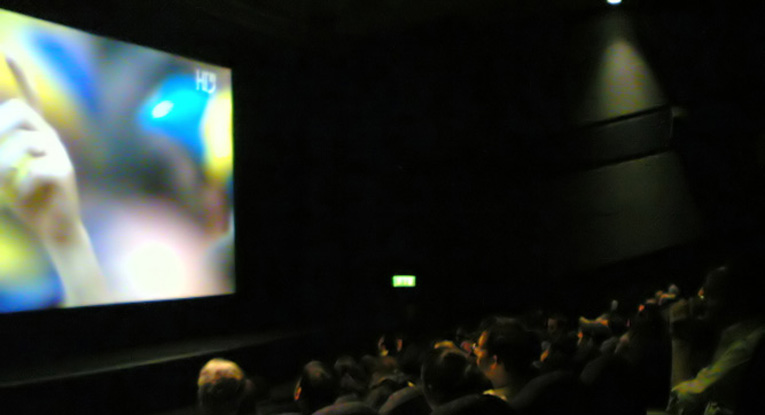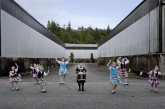
Il cinema e la televisione hanno abituato a considerare come qualcosa di naturale la visione su uno schermo d’immagini “reali” in movimento, ma questa evoluzione dello spazio della rappresentazione in un dispositivo tecnologico non è priva di conseguenze culturali e psicologiche. Oggi la visione si presenta come un fatto tecnologico, un’esperienza ottica non dipendente dalla percezione umana e interamente gestita da media cui è stato demandato il compito di riportare la verità visiva del mondo, con la conseguenza che il mondo, per l’uomo, non si rivela più come una presenza immanente, ma come un’infinita successione d’immagini. La realtà sullo schermo è riformulata come immagine, come segno astratto e autonomo dal suo referente concreto, come informazione che non serve a illuminare l’esperienza vissuta, ma ne produce una a sé stante, di tipo estetico. (…)

Television and cinema have accustomed us to regard the moving images on a screen as ‘real’; yet this evolution of the space and representation of a technological device is not without cultural and psychological consequences. Today, vision is considered as a technological fact, an optical experience that is not dependent on the human perception but is entirely managed by media that are tasked with reporting the visual truth of the world; consequently, for man the world is no longer an immanent presence, but becomes a succession of images. The reality on the screen is reconstructed into an image; it becomes an abstract sign that is autonomous from its concrete referent: information that does not enlighten lived experience, but produces a separate, aesthetic one.
Simonetta Fadda
D’ARS year 54/nr 217/spring 2014 (abstract dell’articolo)
Acquista l’intero numero in formato epub/mobi oppure abbonati a D’ARS





